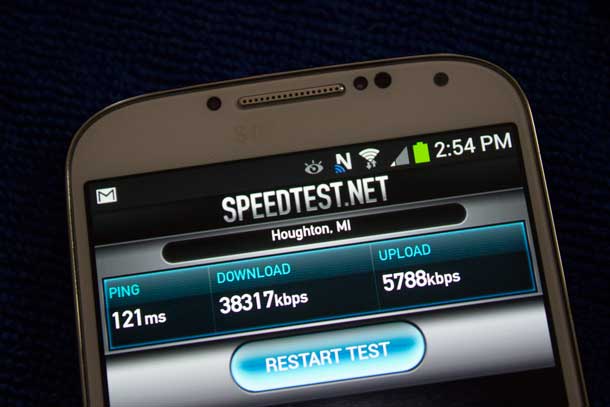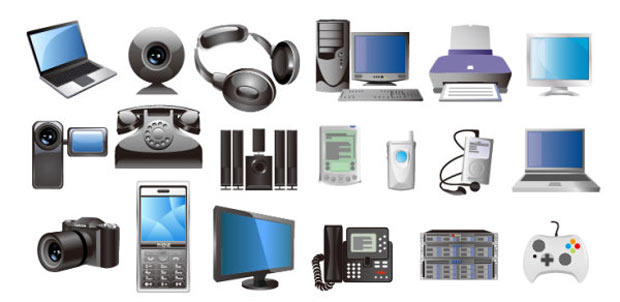
Digital Media Growth Enhancing Media
NEW YORK — “Affluents continue to show a great enthusiasm for entertainment, information and connectivity across media and platforms,” says Dr. Stephen Kraus, Chief Insights Officer for the survey. “Affluents’ growing digital media use tends to supplement – rather than replace – their traditional media use, and the result is real growth in their engagement with media as a whole.”
The shift is happening, in many cases as the speed of the Internet continues to increase.
The 2013 Ipsos Affluent Survey USA reports that the affluent population in the United States has increased in size and financial resources; moreover, Affluents continue to be enthusiastic consumers of traditional media, even while their use of digital media continues to grow sharply. The study projects that there are now 62.5 million U.S. Affluents, up more than 6% over the past two years (Affluents are defined as adults aged 18+ living in households with at least $100,000 in annual household income). Compared to 2012, Affluents’ average income rose 4.6% to $200,200, and their net worth rose 2.0% to $1.01 million.
Ipsos also announced that the study, formerly known as the Mendelsohn Affluent Survey, is being re-branded as the U.S. component of the Ipsos Affluent Survey, which details the lifestyles and media habits of high-earning individuals in 51 countries.
According to Yannick Carriou, Global CEO of Ipsos MediaCT, “The Ipsos Affluent Survey delivers an unprecedented global perspective on the most important consumers of a wide range of goods and services, offering clients a worldwide platform for Affluent media planning and consumer insights not available anywhere else.”
Other findings from the 2013 Ipsos Affluent Survey USA reaffirm the power of the hard copy print publications in Affluent lives. As in 2012, 81% of Affluents read at least one of the 142 reported print publications (135 magazines and 7 national newspapers); coupled with the growth of the Affluent population, the number of Affluents who read a print publication rose to more than 50 million. The total duplicated average-issue audience (AIA) is more than 207 million, a figure that declined 2.4% from 2012.
The study reports that print readership skews significantly higher among Affluent Women, Ultra Affluents ($250K+ HHI) and Wealthy consumers ($500K+ HHI). For example, Affluents read 16.7 issues from 7.4 different titles, but Ultra Affluents read 22% more titles (9.0 vs. 7.4) and 29% more issues (21.6 vs. 16.7). The skews are even more dramatic among Wealthy consumers, who read 45% more titles (10.7 vs. 7.4) and 62% more issues (27.0 vs. 16.7) than Affluents. Compared to Affluent men, Affluent women read 16% more titles and 17% more issues.
While Affluent print readership remains pervasive, Affluent enthusiasm for digital media and mobile devices continues to grow sharply. For example, among Affluents…
- Smartphones: 63% now own a smartphone, up from 55% in 2012 and 45% in 2011.
- Tablets: 41% now own a tablet, up from 26% in 2012 and just 9% in 2011.
- Internet: As in previous years, virtually all Affluents (99%+) use the Internet. Hours online in a typical week rose to 41.6, up from 37.4 in 2012; Affluent Millennials (those aged 18-31) average 52.7 hours online weekly, up from 42.4 in 2012. Several websites related to entertainment, shopping, travel and social media showed significant growth in Affluent visitors.
- Magazine/newspaper apps: 6.9 million Affluents have downloaded a magazine app, up 47% from 4.7 million in 2012; 8.5 million Affluents have downloaded a newspaper app, up 21% from 7.0 in 2012.














